An observer starts moving with uniform acceleration a towards a stationary sound source emitting a whistle of frequency n. As the observer approaches source, the apparent frequency, head by the observer varies with time as
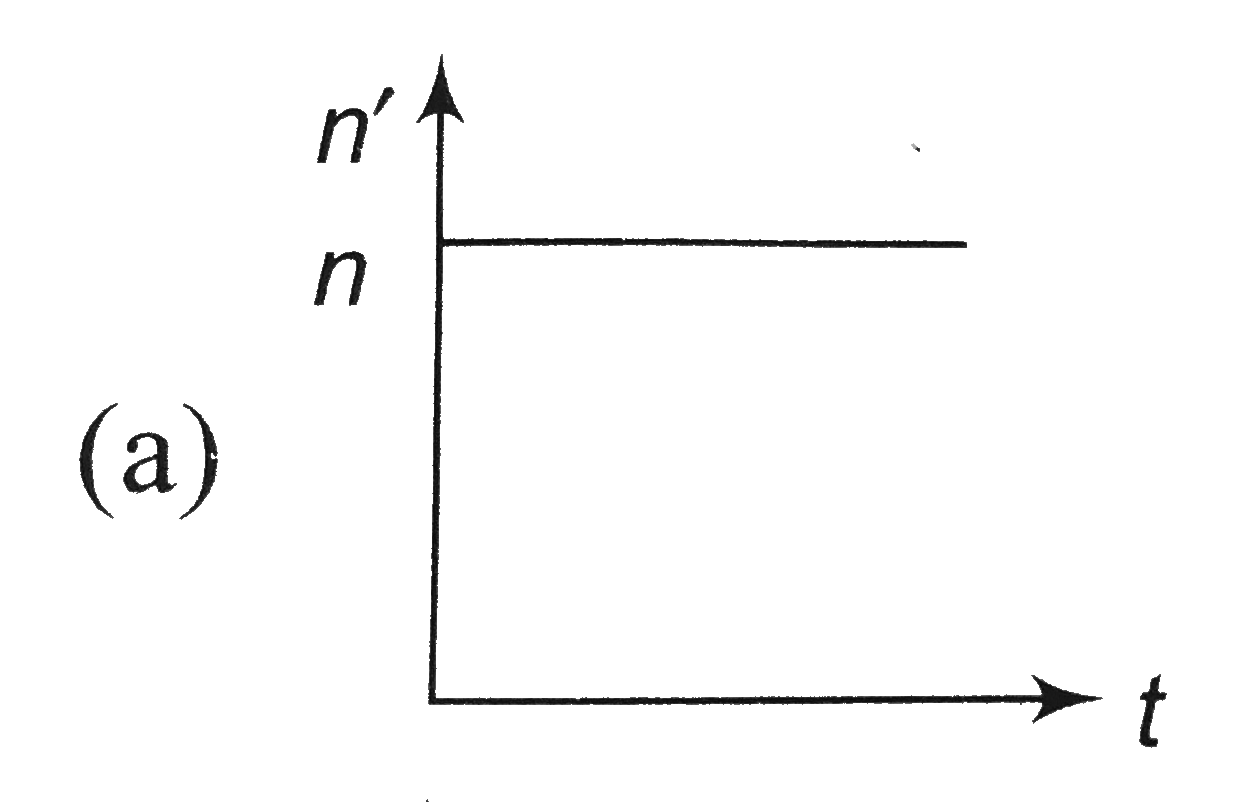


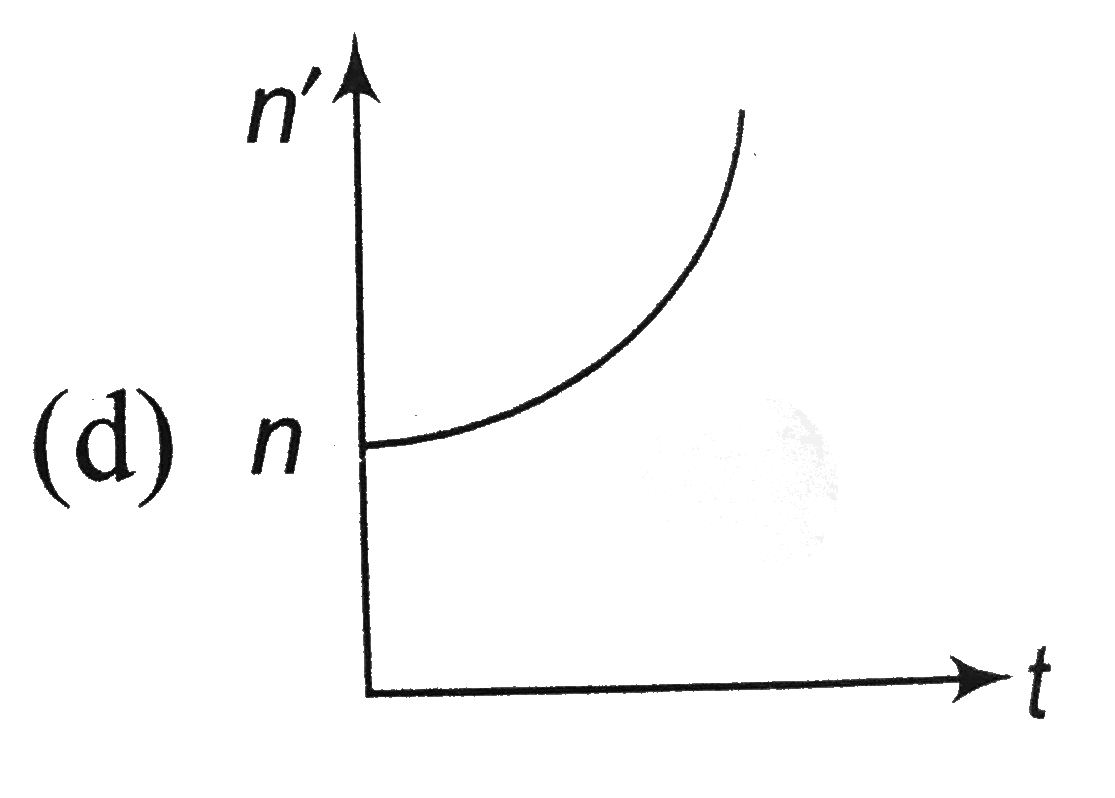
The correct Answer is:B
For observer approaching a stationary source
n'=v+v0vn and given v0=at⇒n'=(anv)t+n This is the equation of straight line with positive intercept n and positive slope (nv).
Topper's Solved these Questions
- BOOK - A2ZCHAPTER - WAVES AND ACOUSTICSEXERCISE - Problems Based On Mixed Concepts15videos
WAVES AND ACOUSTICS
- BOOK - A2ZCHAPTER - WAVES AND ACOUSTICSEXERCISE - AIIMS Questions55videos
WAVES AND ACOUSTICS
- BOOK - A2ZCHAPTER - WAVES AND ACOUSTICSEXERCISE - Sound Wave And Loudness27videos
WAVES AND ACOUSTICS
- BOOK - A2ZCHAPTER - VECTORSEXERCISE - Chapter Test29videos
VECTORS
- BOOK - A2ZCHAPTER - WORK, ENERGY, POWER AND COLLISIONEXERCISE - Chapter Test29videos
WORK, ENERGY, POWER AND COLLISION
Similar Questions
A sound source has frequency f. Source and observer both have same speed.For the apparent frequency observed by observer match the following.
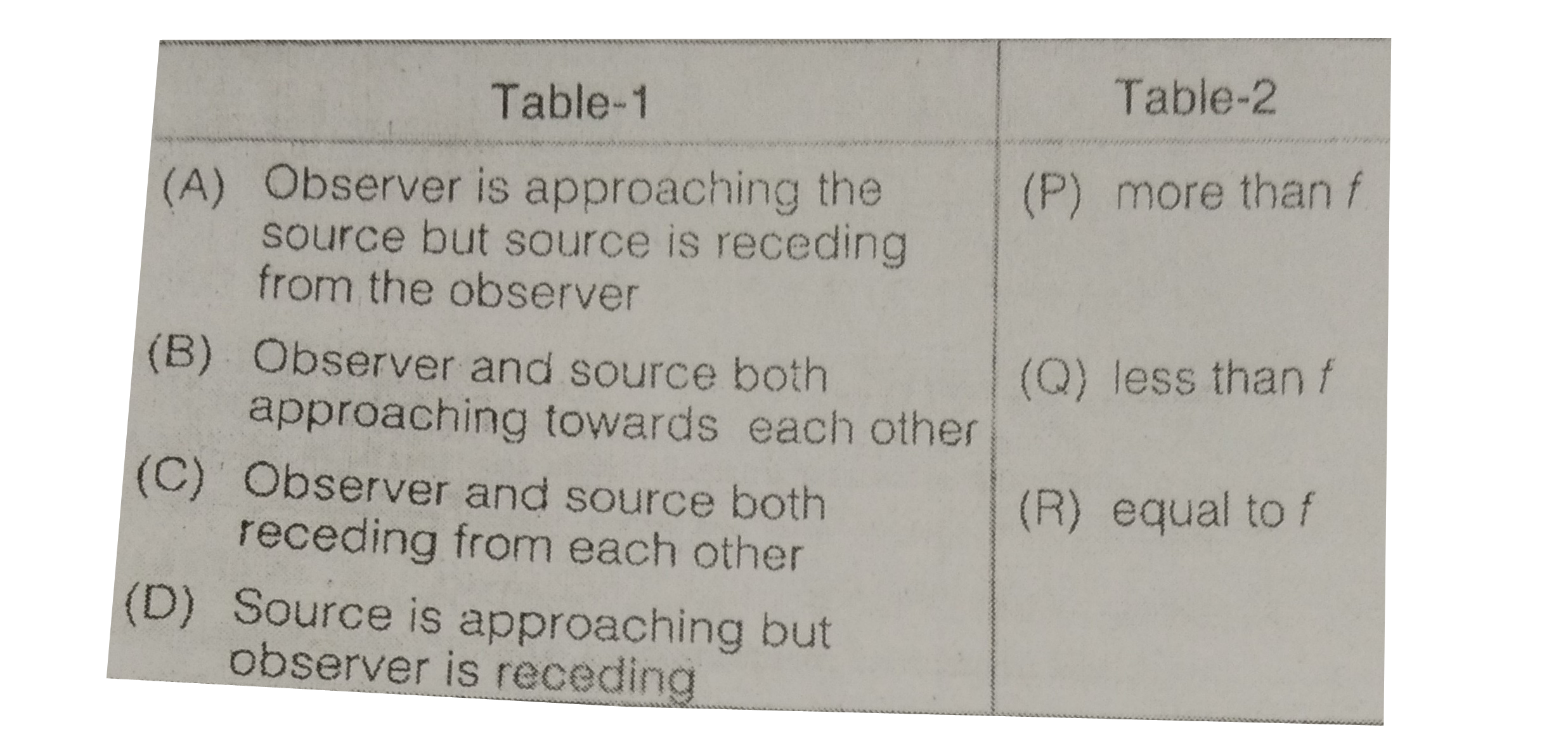 View Solution
View SolutionThe source producing sound and an observer both are moving along the direction of propagation of sound waves. If the respective velocities of sound, source and an observer are v,vs and v0, then the apparent frequency heard by the observer will be (n = frequency of sound)
View Solution
Knowledge Check
- Question 1 - Select One
An observer starts moving with uniform acceleration a towards a stationary sound source of frequency fo. As the observer approaches the source ,the apparent frequency f heard by the observer varies with time t as
A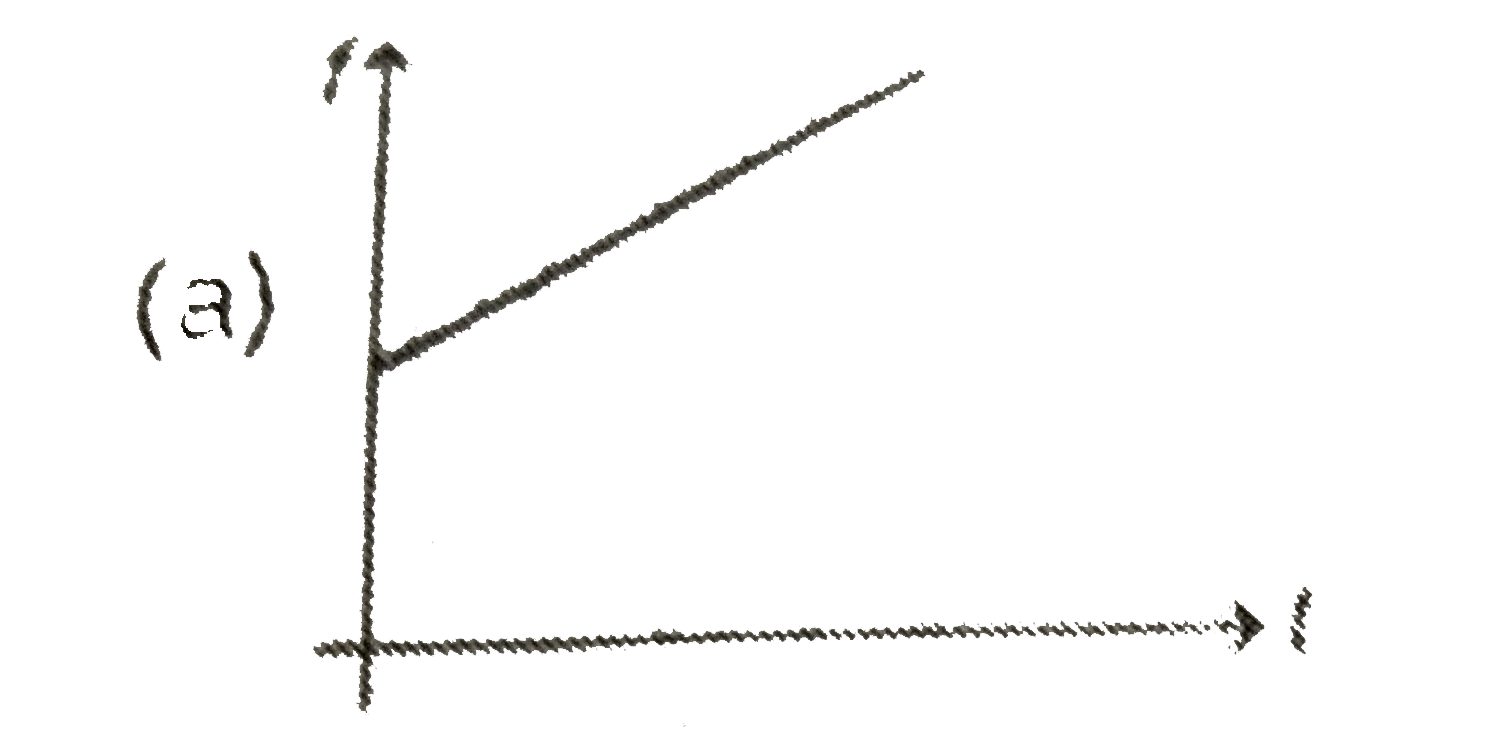 B
B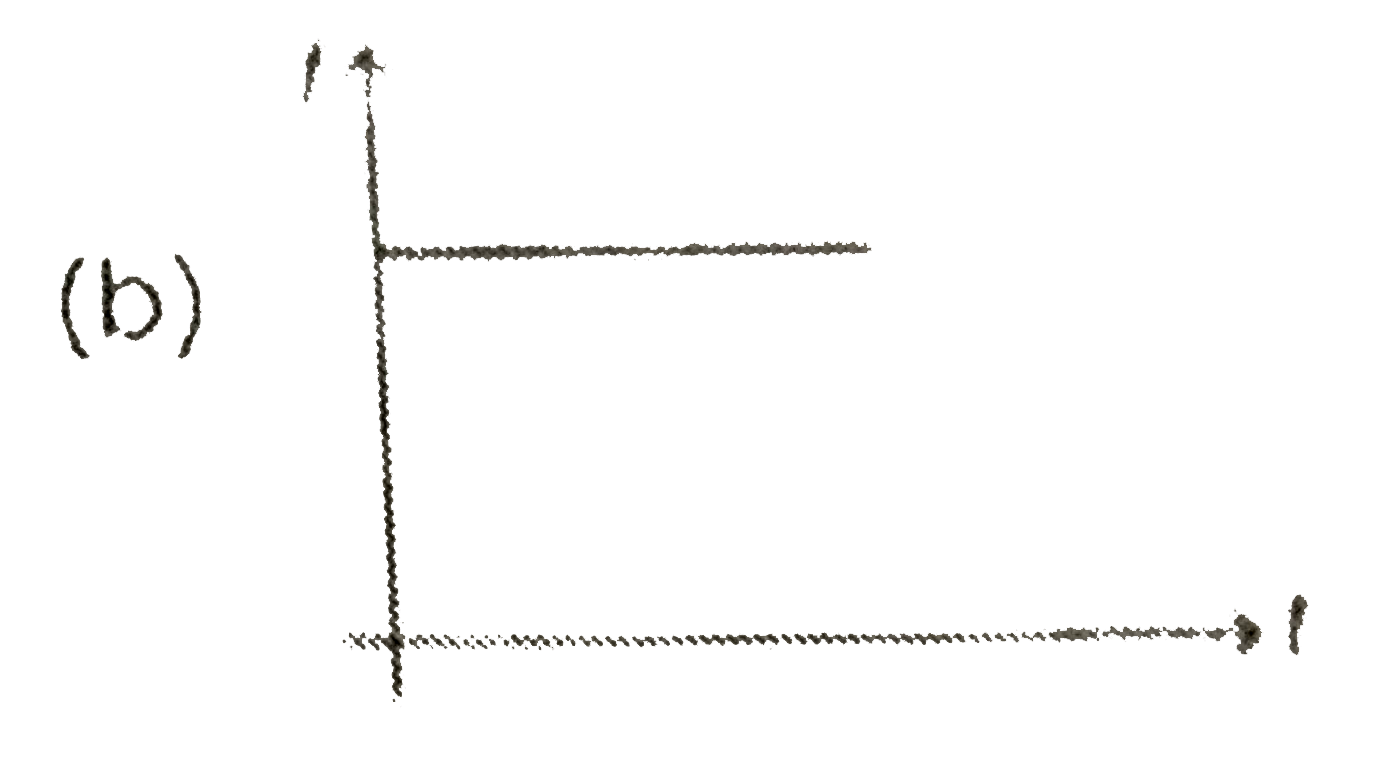 C
C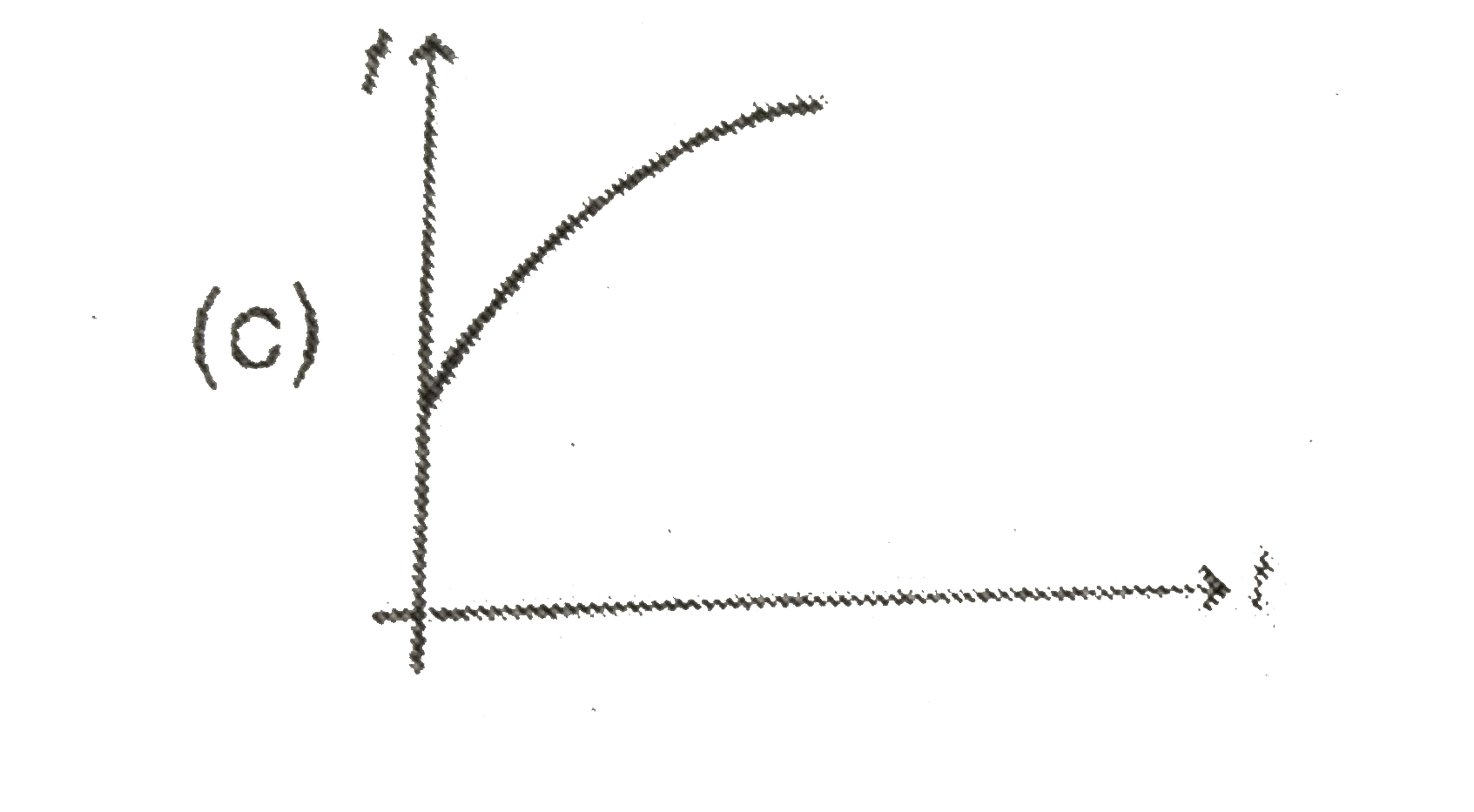 D
D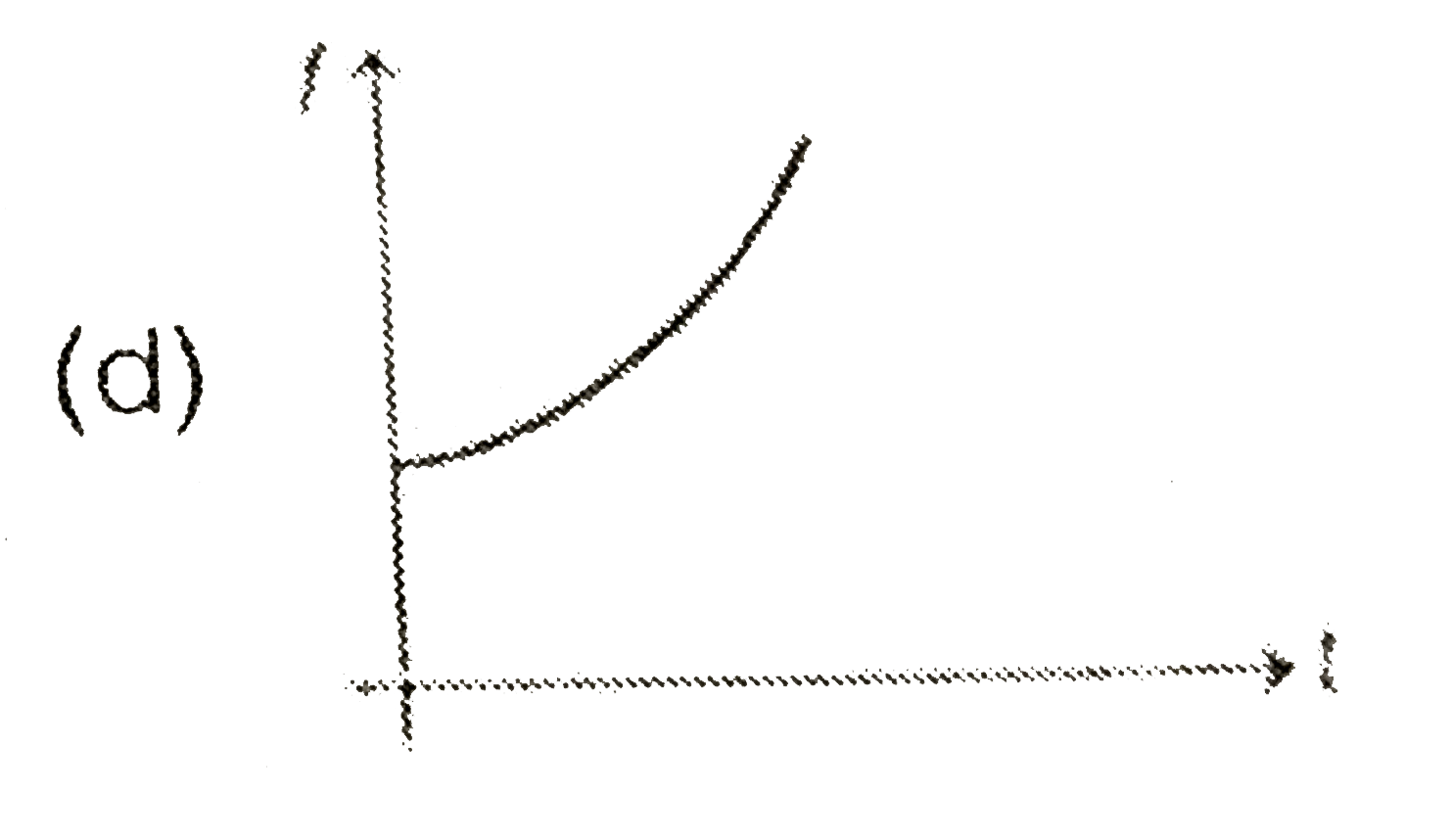
- Question 2 - Select One
If an observer is moving with uniform velocity v to wards a stationary source of frequency n, and if the velocity of sound in the medium is V, then the apparent change in the frequency of the sound, heard by the observer, is -
AvnV−vBvnVCVnV−vD(V+vv)n - Question 3 - Select One
An observer is moving towards the stationary source of sound, then
AApparent frequency will be less than the real frequencyBApparent frequency will be greater than the real frequencyCApparent frequency will be equal to real frequencyDOnly the quality of sound will change
An observer moves towards a stationary source of sound, with a velocity one-fifth of the velocity of sound. What is the percentage increase in the apparent frequency?
View SolutionIf the source is moving away from the observer, then the apparent frequency …………..
View SolutionA source of sound is moving with a velocity of 50ms−1 towards a stationary observer.The observer measures the frequency of sound as 500 Hz.The apparent frequency of sound as heard by the observer when source is moving away from him with the same speed is (Speed of sound at room temperature 350 ms−1
View SolutionA source of sound is moving with a velocity of 50ms−1 towards a stationary observer.The observer measures the frequency of sound as 500 Hz.The apparent frequency of sound as heard by the observer when source is moving away from him with the same speed is (Speed of sound at room temperature 350 ms−1
View SolutionA train is moving with a uniform speed of 33 m/s and an observer is approaching the train with the same speed. If the train blows a whistle of frequency 1000 Hz and the velocity of sound is 333 m/s, then the apparent frequency of the sound that the observer hears is
View Solution

